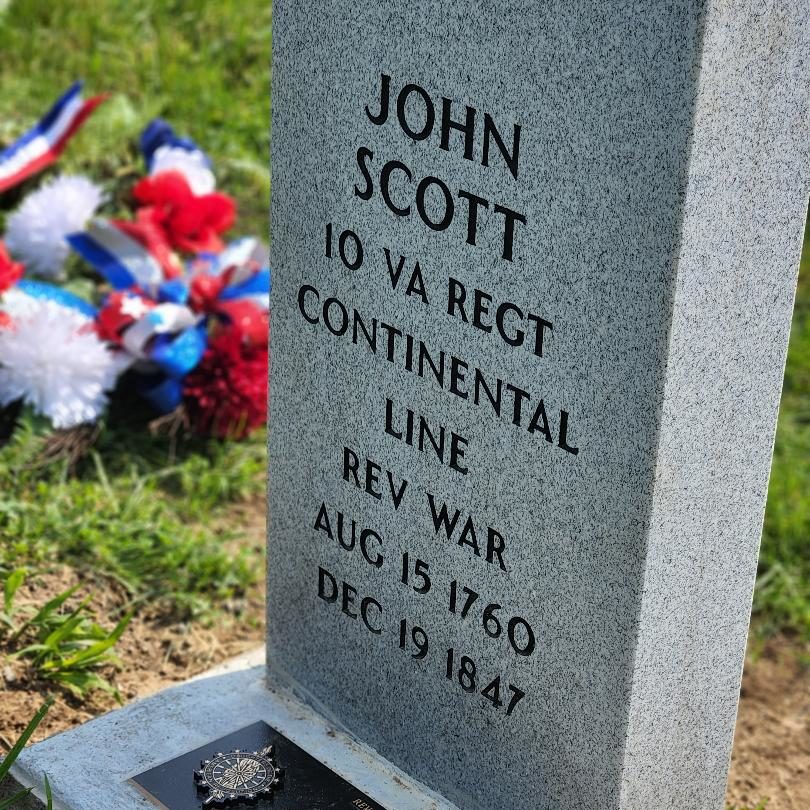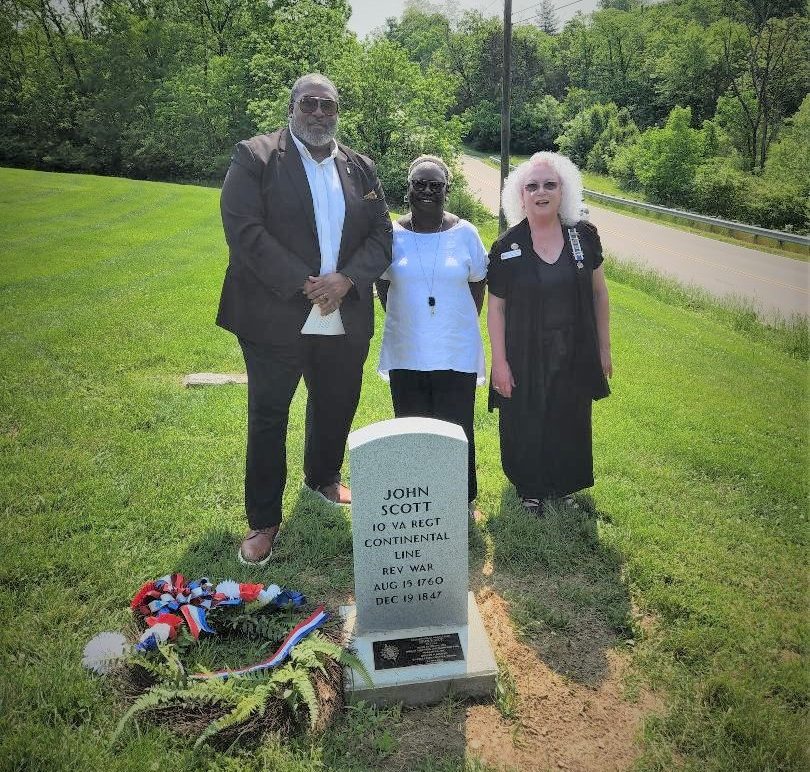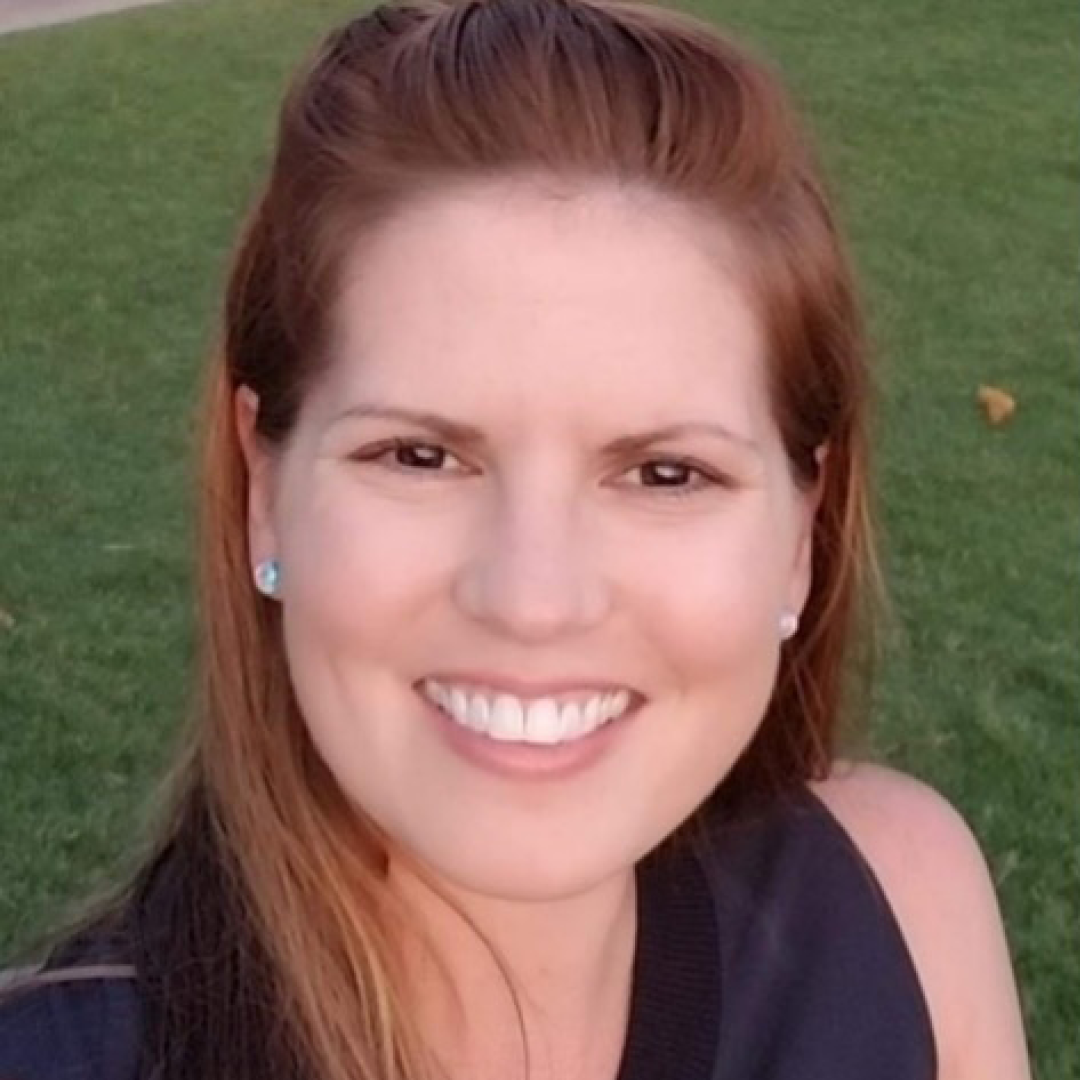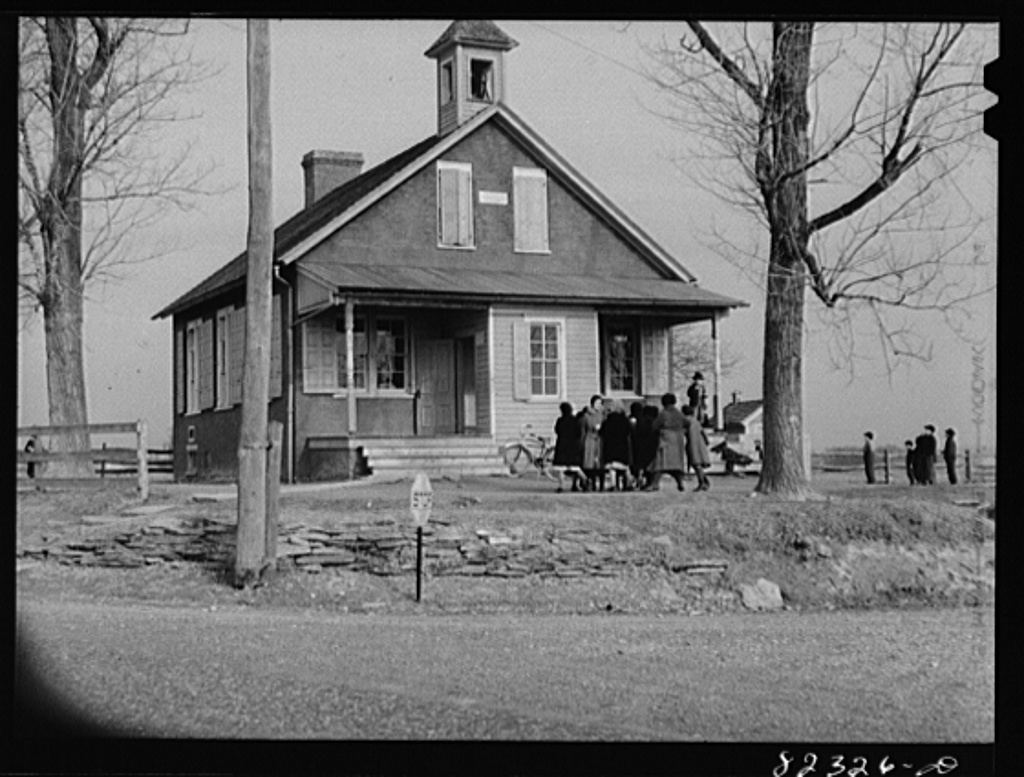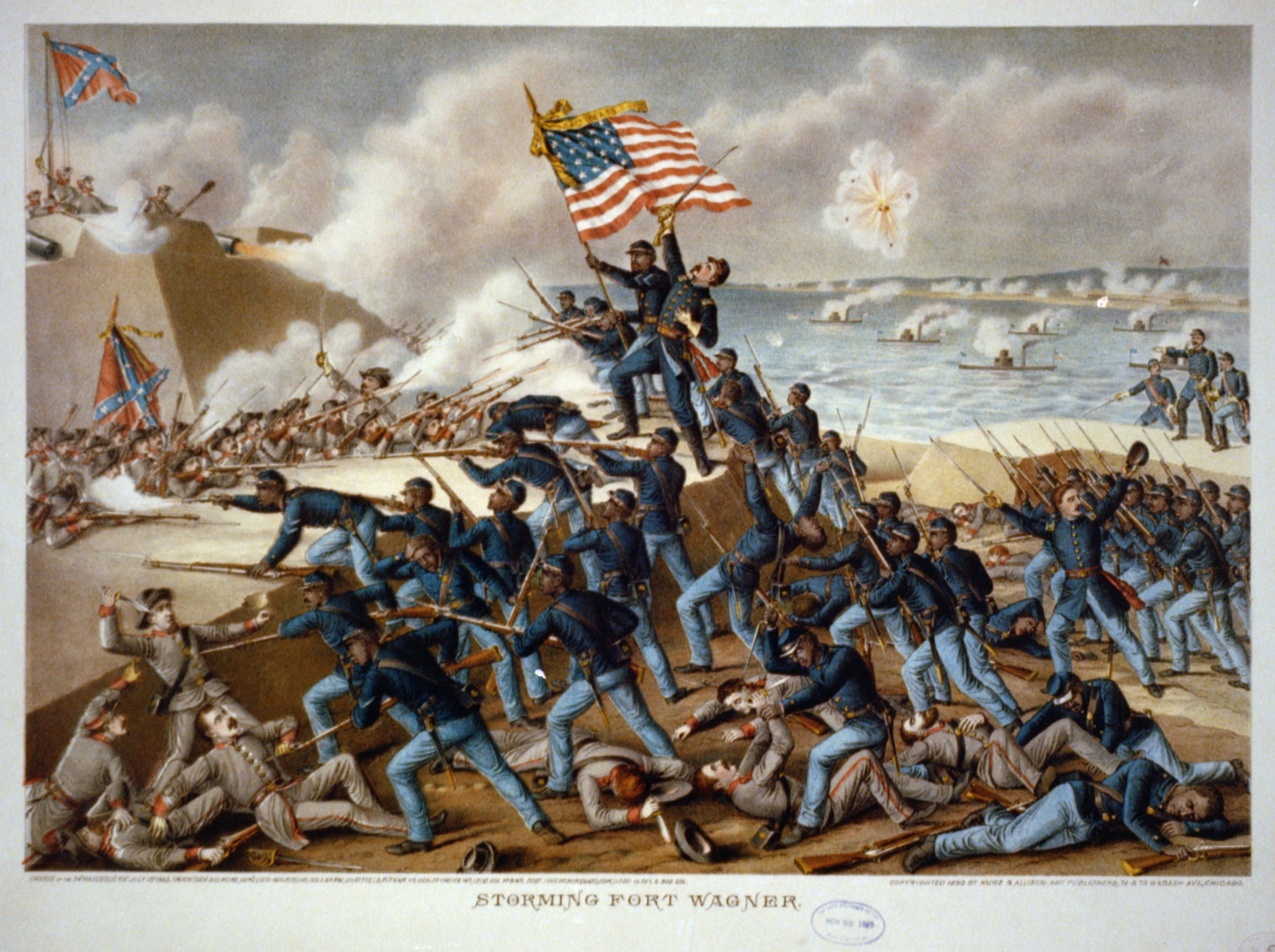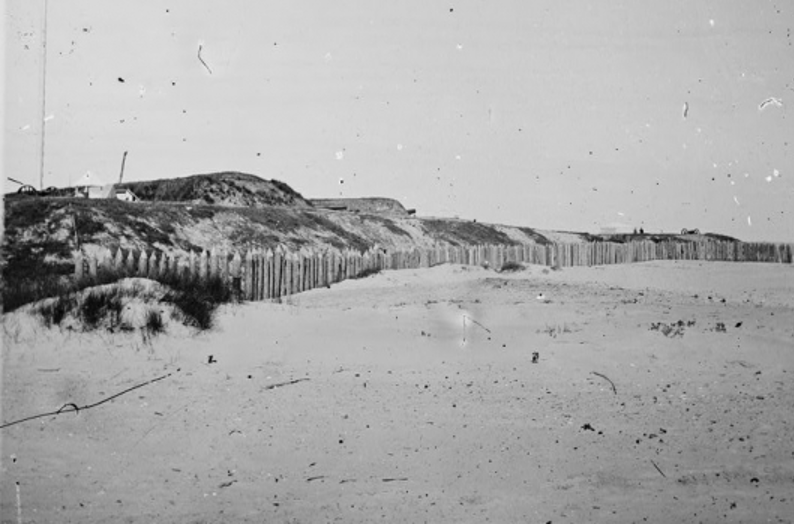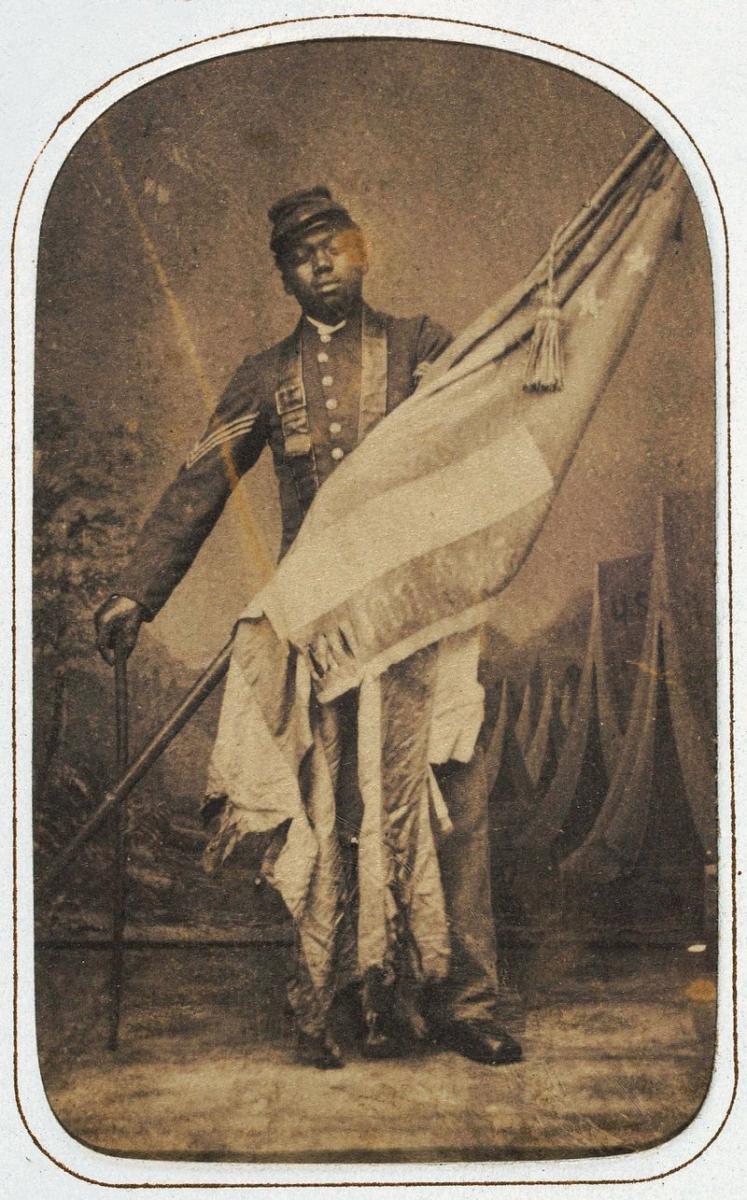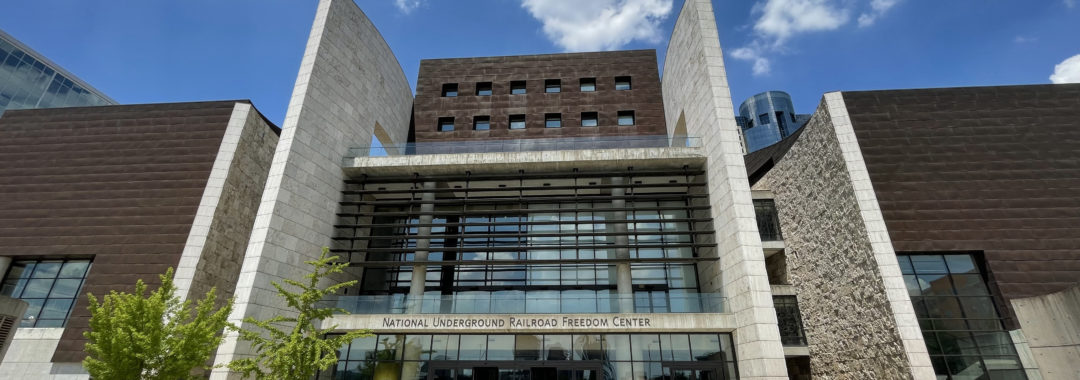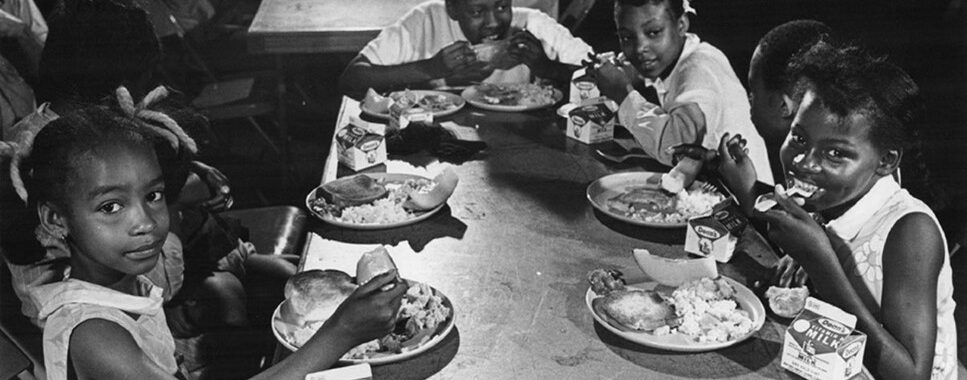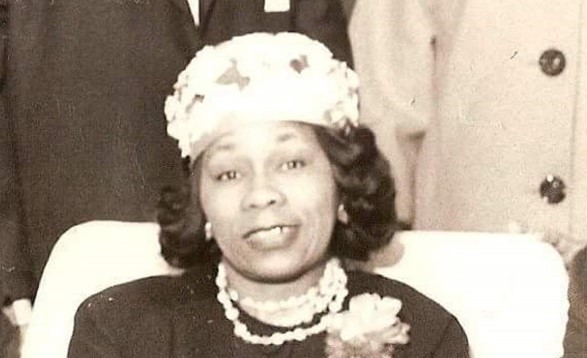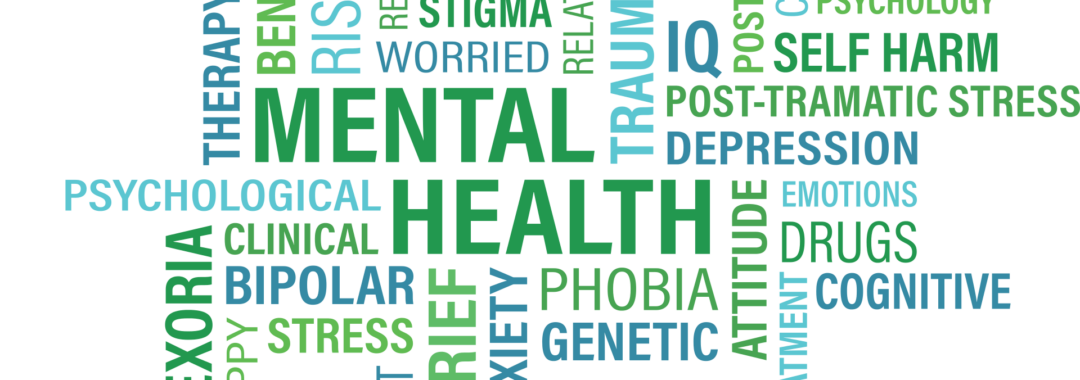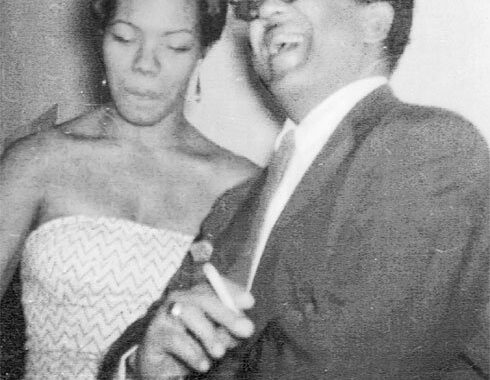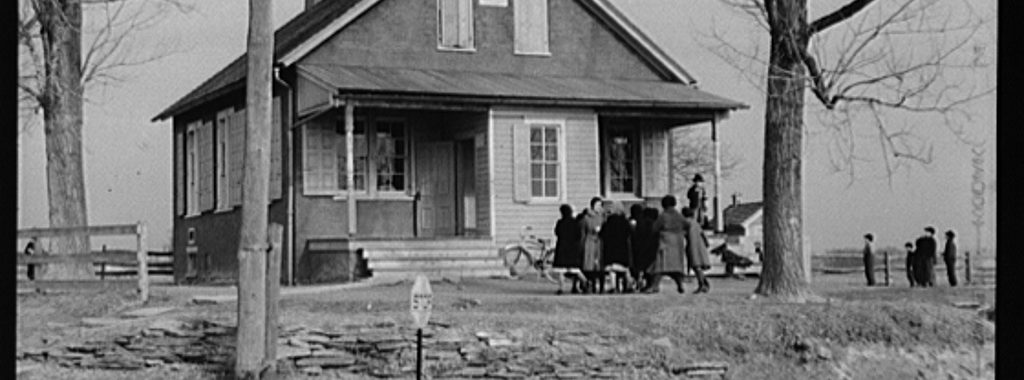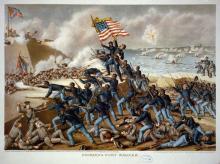Teaching the American Identity
Americans did this because they understood that a democratic nation would only survive if its citizens were educated. As our new nation struggled to find its identity, “citizens came to believe that schooling was a public good essential to the health of the nation” (Mondale & Bernard, 2001). The problem was deciding what to teach. What would students learn from this education? What information, understandings, skills, and values did one need to become a productive member of civic society? These questions continue to be debated and shape public education into the 21st century as the politics of education plays out in local school boards, state legislatures, and federal institutions. Currently, two Ohio House Bills targeting public education are in committee. Ohio H.B. Nos. 322 and 327 aim to prohibit what and how teachers teach in public schools and state agencies. The debate continues.
I argue that at the heart of this debate is our struggle to find an American identity. Who are we and what do we believe? The U.S. has been in constant evolution shaped by changing borders, immigration, industrialization, technology, and globalization. We’ve progressed in our understandings of science, math, literature, and the social studies. Education has evolved. Research has not only changed what we teach, but how we teach. With a better understanding of how humans learn, teachers are better equipped to maximize understanding and skill development. We’ve come a long way from the lessons taught in the one-room schoolhouse.
History for All of Us
The evolution of this country includes the diversification of its citizens. Remember when I said in the mid-19th century, Americans decided to fund public education for all, and talked about publication education of the people, by the people, for the people? That isn’t entirely true.
In the mid-19th century, there were approximately 3.5 million enslaved people of African heritage in the country and strict literacy laws prohibiting their education. Not to mention the free Black population in mostly northern states who faced discrimination in public education. And let’s not forget the approximately 300,000 American Indians who resided in U.S. states and territories. As native nations fought to maintain sovereignty, others were forced into citizenship. Many native children were required to attend boarding schools with the intent of “Americanizing” them.
Did you notice this mistake? Probably not because you were likely taught U.S. history from a white, male, European perspective. For years and years, this was the norm, but we are evolving. Educators now recognize the need to include multiple, diverse perspectives when analyzing the past. This has led to a broader understanding of our American heritage, and better represents the history of all citizens. History is a mixture of everyone’s experiences and perspectives. While there is factual evidence of people, places, and events; there often isn’t one correct way to interpret them. As James Baldwin said, “American history is longer, larger, more various, more beautiful, and more terrible than anything anyone has ever said about it.” We are not a perfect nation with a perfect past. What matters now is that we learn from it and strive for a better tomorrow. This requires public education to teach history from multiple perspectives and include the beautiful and the terrible.
Ohio H.B. Nos. 322 and 327 do not support this evolution. When you read them (here and here), this becomes apparent. The bills prohibit certain concepts from being taught and aims to tell a version of America where sexism and racism did not impact our modern society. The bills also discourage educators from discussing these concepts in the classroom. The wording of the bills leaves much to interpretation and could dissuade teachers from including diverse perspectives when analyzing past and current events. They want us to focus on the beautiful but not the terrible.
Evolving for the Better
If a nation expects to be ignorant and free, it expects what it never will be. - Thomas Jefferson
Acknowledging the words of Thomas Jefferson, “If a nation expects to be ignorant and free, it expects what it never will be,” I suggest that our American identity value an evolved, educated, participatory citizenry. Thus, public education should teach the information, understandings, and skills necessary to become a productive member of civic society. The U.S. is a representative democracy, so we need citizens who value inquiry and will question our leaders and the status quo. In the age of the internet and social media, we need citizens who value facts and evidence and can identify credible and non-credible information. Because we are a vast and diverse country, we need citizens who value diversity and seek out multiple perspectives. Since democracy is of the people, by the people, for the people, we need citizens who value communication and who discuss, debate, and deliberate with one another and then advocate for issues they believe in. Finally, because we are products of our history, we need citizens who value the lessons of the past and will apply them in creating a better tomorrow for all Americans.
Of course American is evolving. The world is evolving. The question is, will we evolve for the better? Will we learn from the past, assess our values, and move towards progress? Or will we ignore our mistakes and retreat into a past that was less accommodating to diversity and multiple perspectives?
Mondale, S. & Bernard, S. C. (Eds.). (2001). School: The story of American public education. Boston: Beacon Press.
Read Part 2: Why We Oppose OH H.B. No. 322 Pt. 2: Social Studies for the 21st Century→
Read Part 3: In Teachers We Trust: Why We Oppose OH H.B. Nos. 322 and 327→
